1. Detroit, Michigan
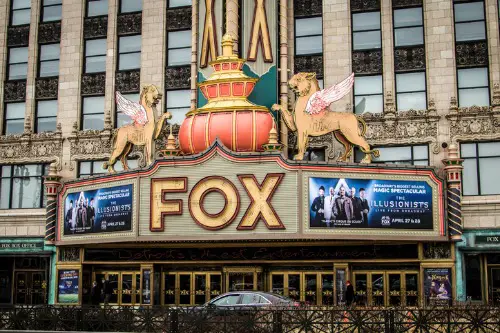
Detroit was once the sparkling jewel of America’s industrial age, built on the promise of cars and innovation. The city exploded in population as the auto industry boomed, with grand theaters, ornate skyscrapers, and bustling neighborhoods that radiated prosperity. It was designed to impress, a testament to American ingenuity and industrial might. Visitors could see wealth everywhere—from opulent downtown buildings to sprawling residential streets lined with trees.
But decades of economic decline and population loss turned those symbols of success into haunting reminders of what once was. Abandoned factories and crumbling mansions now dominate the landscape, creating a ghostly feel that can be both fascinating and melancholy. Neighborhoods that once thrived are sparsely populated, and social challenges have compounded. Despite revitalization efforts, the city’s grand vision often feels like a memory rather than a reality.
2. Gary, Indiana
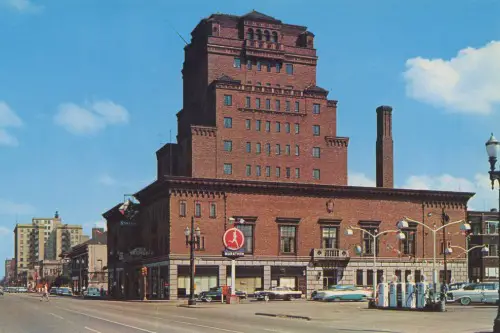
Gary was built in the early 20th century as a steel city to rival any industrial hub in the U.S. Its founders envisioned a modern metropolis with ample jobs, impressive housing, and cultural opportunities. The city grew rapidly, drawing workers from across the country, and the skyline reflected optimism and ambition. At its peak, Gary was vibrant, bustling, and unmistakably built to impress.
Unfortunately, the collapse of the steel industry hit the city hard. Abandoned factories, empty lots, and declining neighborhoods replaced the early grandeur. Crime and economic stagnation followed, leaving a city that often evokes sadness more than awe. Today, remnants of Gary’s ambitions stand as reminders of both human ingenuity and fragility.
3. Buffalo, New York
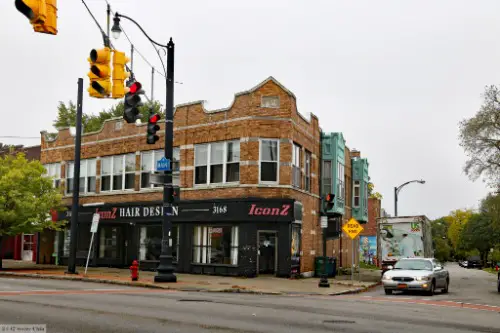
Buffalo’s early 20th-century wealth came from being a transportation hub and industrial powerhouse. The city showcased grand architecture, including stunning Beaux-Arts buildings, theaters, and parks. Its leaders invested heavily in infrastructure to signal prosperity and civic pride. Walking downtown once felt like stepping into a city that could compete with the great metropolises of the world.
But industrial decline and suburban flight took a toll. Large sections of Buffalo are dotted with abandoned buildings and empty lots, giving the city a haunting quality. Many neighborhoods that once thrived now struggle with disinvestment. Efforts to revitalize the waterfront and downtown can’t fully erase the contrast between past grandeur and present challenges.
4. Flint, Michigan
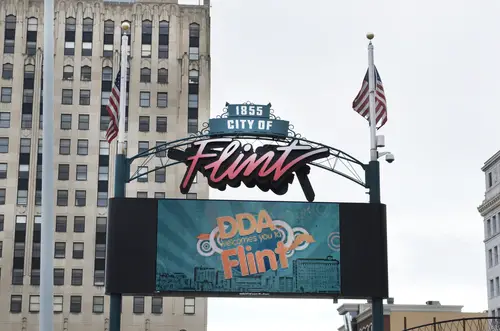
Flint rose to prominence as the heart of the American auto industry. Wealthy neighborhoods, theaters, and civic buildings reflected a city designed to impress both residents and visitors. The booming industrial economy created an air of confidence and prosperity. For a time, Flint embodied the ideal of the thriving industrial American city.
The decline of manufacturing, however, hit Flint hard. Population loss, economic hardship, and the water crisis have left the city grappling with deep social and environmental issues. Many once-grand homes and factories sit abandoned, a stark reminder of better days. Even with small signs of revival, Flint’s story is a cautionary tale about dependence on a single industry.
5. Camden, New Jersey
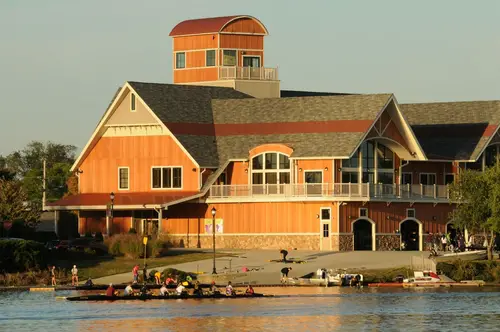
Camden was designed as a bustling industrial city, sitting across the river from Philadelphia with aspirations of growth and influence. Its waterfront was once thriving with shipyards and factories, and the city boasted ornate municipal buildings. Civic leaders invested in public spaces and impressive architecture. It was a city that wanted to demonstrate modernity and opportunity.
Decades of industrial decline and population loss have left Camden struggling. Vacant lots, abandoned factories, and economic instability dominate the urban landscape. High crime rates and social challenges amplify the city’s sense of despair. Despite small pockets of redevelopment, the grandeur Camden once promised now seems distant.
6. Youngstown, Ohio
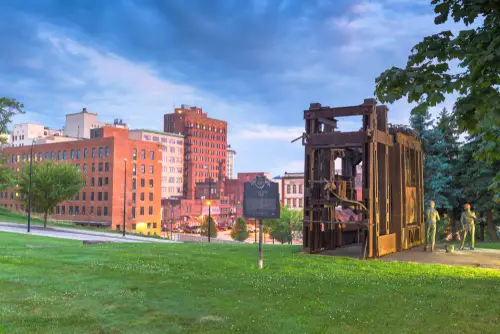
Youngstown’s early 20th-century success was built on steel, drawing workers from across the U.S. The city developed impressive civic buildings, schools, and neighborhoods reflecting industrial wealth. It was a symbol of the American Dream for many families who moved there. You could feel pride in the architecture and urban design.
The collapse of the steel industry triggered massive economic and social decline. Factories closed, jobs vanished, and population plummeted. Entire neighborhoods fell into disrepair, leaving a city marked by empty streets and decaying homes. Even revitalization efforts struggle against decades of structural decline.
7. Bridgeport, Connecticut
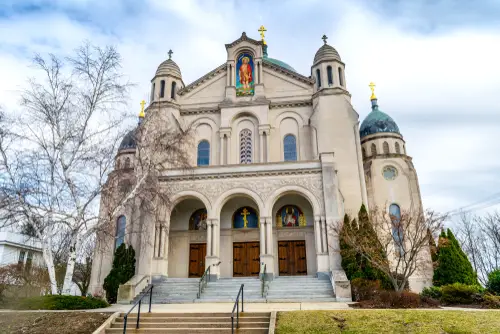
Bridgeport was once a booming industrial city, home to shipbuilding, manufacturing, and ambitious civic projects. Its downtown featured grand theaters, elegant office buildings, and public spaces meant to impress both residents and visitors. The city had high hopes of becoming a cultural and economic powerhouse in New England. Walking through early Bridgeport would have conveyed energy, wealth, and ambition.
The decline of manufacturing hit Bridgeport hard, leaving behind empty factories and struggling neighborhoods. Population loss, economic stagnation, and crime became significant challenges. Many historic buildings now sit neglected, a shadow of the city’s former grandeur. Today, Bridgeport is slowly trying to reinvent itself, but its past prominence is a bittersweet memory.
8. St. Louis, Missouri
St. Louis grew rapidly in the 19th and early 20th centuries, buoyed by its position on the Mississippi River. Grand hotels, theaters, and public buildings reflected the city’s ambitions to be a cultural and commercial hub. It had wide avenues, iconic architecture, and impressive civic spaces designed to wow. The city’s industrial and commercial boom made it a jewel of the Midwest.
Declining industry and suburban flight reshaped St. Louis in the latter half of the 20th century. Many once-vibrant neighborhoods experienced population loss and disinvestment. Abandoned buildings and urban decay replaced former prosperity. The contrast between old splendor and current challenges is stark.
9. Pittsburgh, Pennsylvania
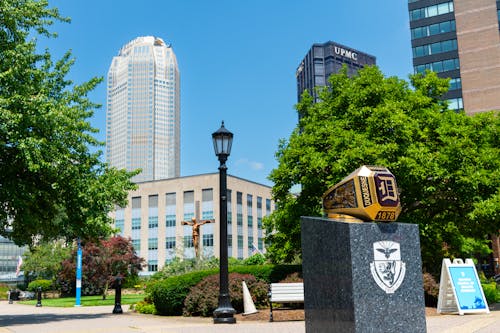
Pittsburgh’s industrial heyday made it a symbol of steel and innovation, with a skyline built to impress. Its bridges, civic buildings, and downtown architecture reflected immense wealth and civic pride. The city’s identity was tied to its industry and the power it wielded. Walking through early 20th-century Pittsburgh would have felt like stepping into an industrial palace.
The decline of steel left lasting scars. Jobs disappeared, and neighborhoods suffered from abandonment and depopulation. While the city has worked to reinvent itself with tech and education, parts of Pittsburgh still feel weighed down by its industrial past. The grandeur is there, but the contrast with modern realities is palpable.
10. Rochester, New York
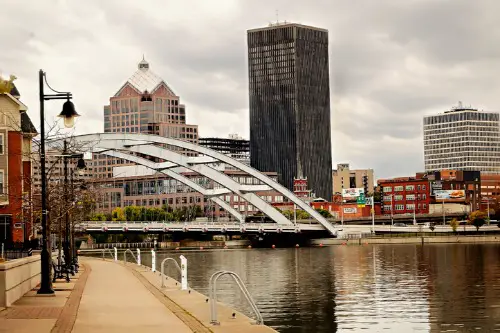
Rochester flourished thanks to photography and optics industries, with companies like Kodak shaping the city. Wealthy industrialists invested in public buildings, parks, and cultural institutions, giving the city a refined and impressive feel. Its streets reflected prosperity and ambition, a mix of commercial success and civic pride. Rochester was a city that seemed destined for greatness.
The decline of its flagship industries brought economic downturns. Jobs vanished, neighborhoods struggled, and many historic buildings fell into disrepair. The sense of optimism that once defined the city faded. Despite cultural institutions still thriving, the city carries a shadow of its former industrial might.
11. Cleveland, Ohio
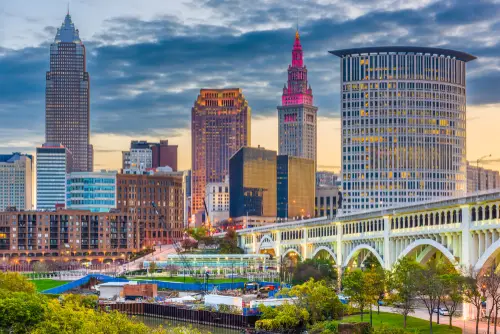
Cleveland was built to be a powerhouse of industry and culture, with a striking lakefront and ornate downtown architecture. Wealth from manufacturing fueled impressive civic buildings, theaters, and cultural landmarks. It was a city that radiated confidence and modernity. Visitors would have seen Cleveland as a shining example of urban ambition.
Economic decline, suburban flight, and industrial collapse reshaped the city. Vacant lots, abandoned factories, and struggling neighborhoods replaced former grandeur. Crime and population loss amplified the sense of decay. Even ongoing revitalization projects can’t entirely erase the weight of its industrial decline.
12. Trenton, New Jersey
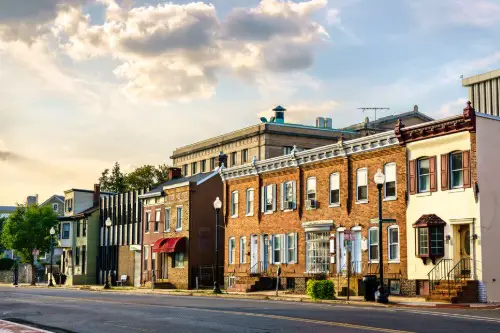
Trenton’s early promise came from manufacturing and government, with grand civic structures and industrial complexes. It was a city designed to impress with well-planned neighborhoods and public buildings. Architecture and infrastructure reflected optimism and civic pride. Residents could enjoy cultural amenities alongside economic opportunity.
Industrial decline and suburbanization hit Trenton hard. Factories closed, jobs disappeared, and neighborhoods deteriorated. Many of the city’s once-proud buildings are now empty or neglected. Today, Trenton struggles to balance its industrial heritage with modern challenges.
13. Bethlehem, Pennsylvania
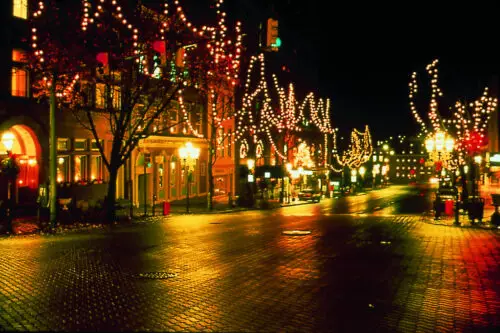
Bethlehem was founded around steel, with Bethlehem Steel fueling prosperity for decades. The city’s architecture, including grand civic spaces and industrial facilities, reflected ambition and success. It was built to be both productive and impressive, showing off industrial might. Residents enjoyed cultural institutions funded by industrial wealth.
When Bethlehem Steel declined, the city faced economic and social challenges. Jobs disappeared, and neighborhoods fell into disrepair. The once-grand steel mills became relics of a bygone era. Today, tourism and smaller industries sustain the city, but the shadow of decline remains.
14. Allentown, Pennsylvania
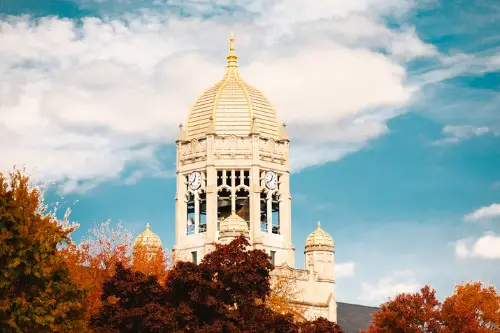
Allentown grew as a manufacturing and transportation hub, with grand civic buildings and historic homes. Its streets and parks reflected the wealth of an industrial city aiming to impress. The city had a thriving downtown and cultural amenities that residents could take pride in. It seemed poised for long-term prosperity.
Deindustrialization brought significant challenges, leaving abandoned factories and struggling neighborhoods. Population decline and economic shifts have changed the city’s character. Downtown revitalization has made progress but cannot fully erase the impact of decades of decline. Allentown’s past grandeur is a bittersweet memory.
15. Youngsville, Louisiana
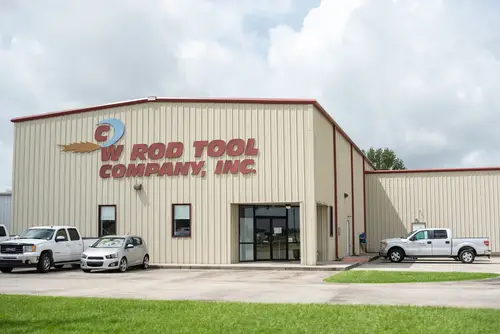
Youngsville was initially built with optimism, designed to attract commerce and industry along the bayou. Civic planning included wide streets and public buildings meant to impress newcomers. The city had ambitions beyond its modest size, aiming to be a local center of culture and trade. Its architecture reflected confidence and planning.
Economic shifts and population stagnation slowed development, leaving parts of the city underutilized. Some buildings and neighborhoods never reached their full potential. Modern expansion contrasts sharply with older areas showing signs of neglect. Youngsville exemplifies how ambitious planning can outpace economic reality.
16. Scranton, Pennsylvania
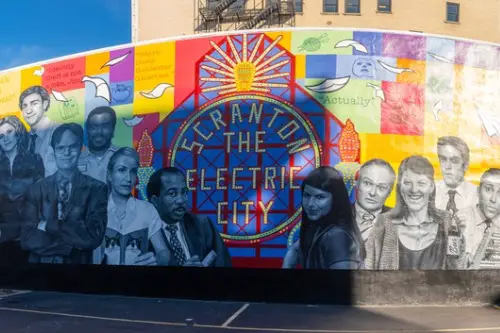
Scranton doubled down as a showcase city, with grand Victorian homes and ornate civic structures from its coal and rail wealth. It was ambitious, aiming to display power and sophistication in the industrial heartland. Parks, theaters, and institutions all reflected a sense of civic pride and forward-thinking development. Walking through early Scranton would have impressed anyone with its scale and ambition.
Decline in coal and manufacturing hit the city hard. Many neighborhoods and factories fell into disrepair, leaving a stark contrast between past and present. Social and economic challenges persist, coloring the city’s image with melancholy. Despite pockets of renewal, Scranton remains a city where history looms large over daily life.
This post 16 U.S. Cities That Were Built to Impress — and Now Just Depress was first published on American Charm.


